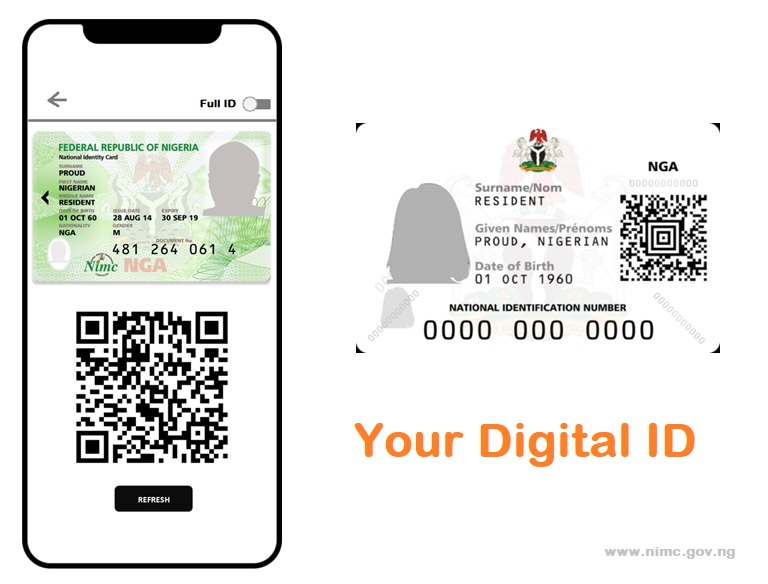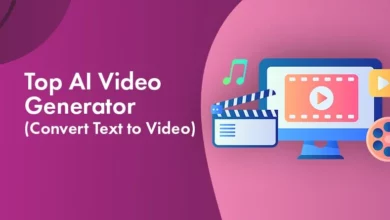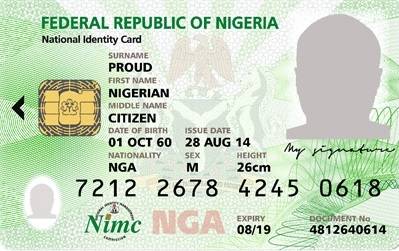Unlocking the Potential of ChatGPT: How To Use ChatGPT3, ChatGPT4, ChatGPT5 for Free

As an AI language model, ChatGPT has been a game-changer in the field of Natural Language Processing. It has revolutionized the way we communicate with machines and has opened up new avenues for creating intelligent chatbots and virtual assistants. With the release of ChatGPT3, ChatGPT4, and ChatGPT5, the technology has become even more sophisticated and powerful. In this article, I will guide you through the process of using ChatGPT4 for free, along with insights into the differences between the three versions and tips for using ChatGPT effectively.
Introduction to ChatGPT
ChatGPT is an AI language model developed by OpenAI that uses deep learning techniques to generate human-like responses to natural language prompts. It is trained on an enormous corpus of text data and can generate text in a wide range of styles and formats, including dialogue, summaries, and even poetry. The model is designed to learn from the context of the conversation and generate responses that are relevant and appropriate.
ChatGPT is used in a variety of applications, including chatbots, virtual assistants, and customer service. It has also been used for creative writing, generating news articles, and even composing music. With the release of newer versions, the technology has become even more powerful, with greater accuracy and a larger vocabulary.

Understanding the difference between ChatGPT3, ChatGPT4, and ChatGPT5
ChatGPT3, ChatGPT4, and ChatGPT5 are the three versions of the ChatGPT model. Each version is an improvement on the previous one, with a larger training corpus, more parameters, and greater accuracy.
ChatGPT3 has 175 billion parameters and is the most powerful version of the model. It has been used to generate realistic text and even write entire articles that are difficult to distinguish from those written by humans.
ChatGPT4 has 202 billion parameters, making it even more powerful than ChatGPT3. It is not as widely available as ChatGPT3 but can still be used for a variety of applications.
ChatGPT5 is the latest version of the model, with 300 billion parameters. It is currently in development and not yet available for public use.
How to use ChatGPT3 for free
OpenAI offers a beta version of their API that allows users to access ChatGPT3 for free. The API has a generous free tier that allows for up to 100,000 requests per month.
To use ChatGPT3, you will need to sign up for an API key on the OpenAI website, Get your API key HERE. Once you have the API key, you can integrate it into your application or use it directly through the OpenAI Playground. The Playground allows you to interact with the model through a web interface and generate text in real-time.
How to use ChatGPT4 for free
Using ChatGPT4 for free is a bit more challenging than using ChatGPT3. Since ChatGPT4 is not as widely available, there are fewer resources and tools available for it. However, there are still ways to access the model for free.
One option is to use Hugging Face, an open-source platform for natural language processing. Hugging Face has a pre-trained version of ChatGPT4 that can be accessed through their API. The API has a free tier that allows for up to 5,000 requests per month.
Another option is to use Colab, a free online platform for data science and machine learning. Colab allows you to run Jupyter notebooks in the cloud and provides access to GPUs for faster processing. You can use Colab to run pre-trained models, including ChatGPT4, and generate text.
Is ChatGPT5 Out Yet?
ChatGPT5 is currently in development and not yet available for public use. However, there are rumors that OpenAI may release a beta version of the API in the near future. Keep an eye on the OpenAI website for updates.
Advantages of using ChatGPT for chatbots and customer service
ChatGPT has several advantages over traditional rule-based chatbots and customer service systems. One of the main advantages is its ability to generate human-like responses that are contextually relevant. This makes the conversation more natural and engaging for the user.
Another advantage is its ability to learn from the context of the conversation. This means that the model can adapt to the user’s needs and preferences over time, providing a more personalized experience.
ChatGPT can also handle a wide range of tasks, from answering simple questions to providing complex recommendations. This makes it a versatile tool for a variety of applications.
Tips for using ChatGPT effectively
To use ChatGPT effectively, it is important to keep in mind some best practices. One of the most important is to provide clear prompts and context for the model. This will help the model generate more accurate and relevant responses.
It is also important to monitor the output of the model and provide feedback when necessary. This will help the model learn and improve over time.
Finally, it is important to set expectations for the user and let them know that they are interacting with a machine. This will help avoid confusion and frustration.
Examples of successful ChatGPT applications
ChatGPT has been used in a wide range of applications, from creative writing to customer service. One successful application is the GPT-3-powered chatbot developed by AI startup DALL·E. The chatbot is able to generate realistic responses to a wide range of prompts, providing a personalized and engaging experience for users.
Another successful application is the AI-powered writing assistant created by Writesonic. The assistant uses ChatGPT to generate copy for ads, websites, and social media posts, saving time and improving the quality of the content.
ChatGPT alternatives
While ChatGPT is a powerful tool for natural language processing, there are several alternatives available. One popular option is BERT, another AI language model developed by Google. BERT is designed for a wide range of applications, including text classification, question answering, and language translation.
Another option is GPT-2, the predecessor to ChatGPT. GPT-2 has 1.5 billion parameters and has been used in a variety of applications, including creative writing and chatbots.
Conclusion
ChatGPT is a powerful tool for natural language processing that has opened up new avenues for creating intelligent chatbots and virtual assistants. With its ability to generate human-like responses and learn from the context of the conversation, ChatGPT has revolutionized the way we communicate with machines. By following best practices and using the model effectively, you can create engaging and personalized experiences for your users. Whether you choose to use ChatGPT3, ChatGPT4, or another alternative, the future of natural language processing looks bright.













